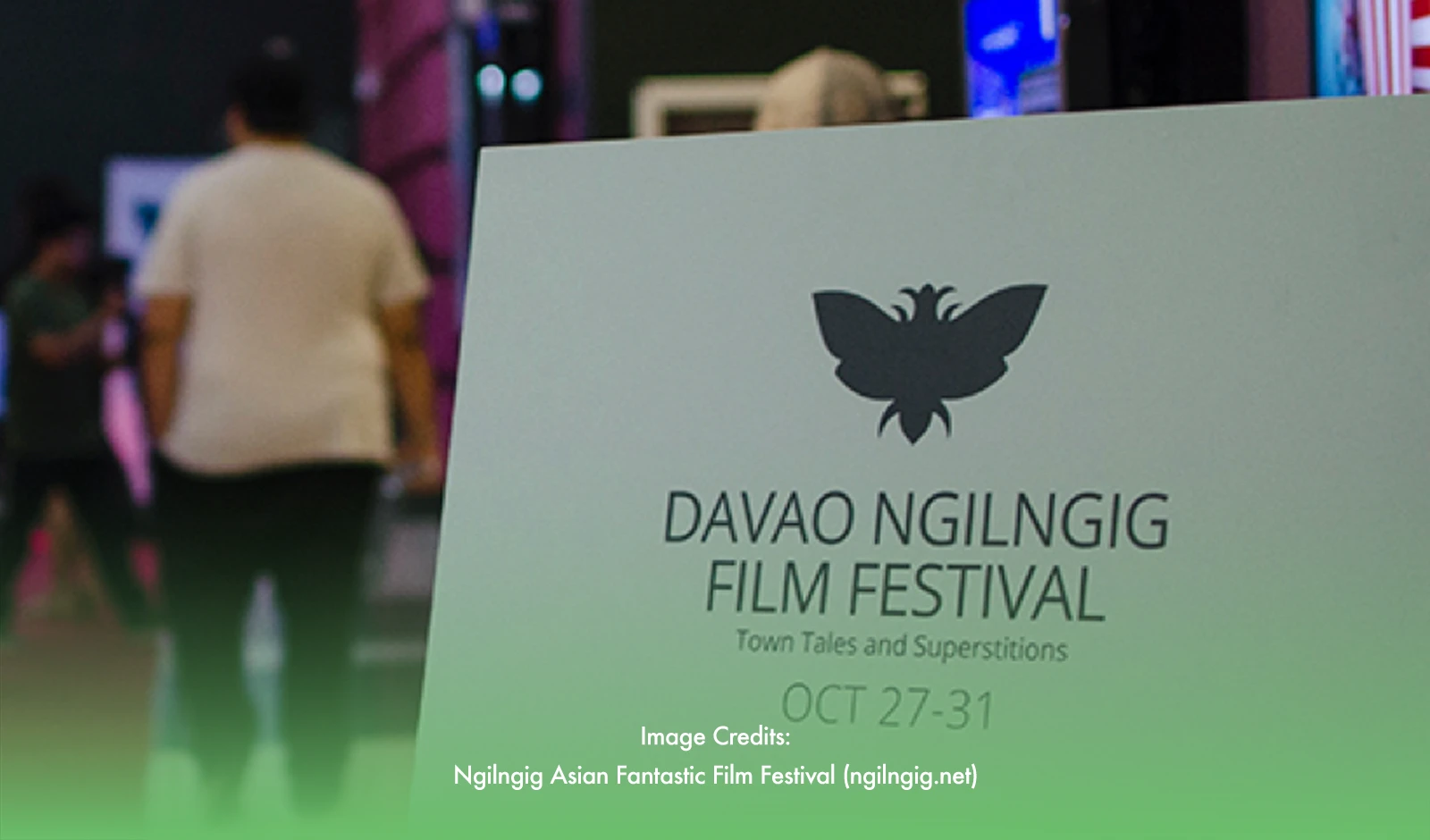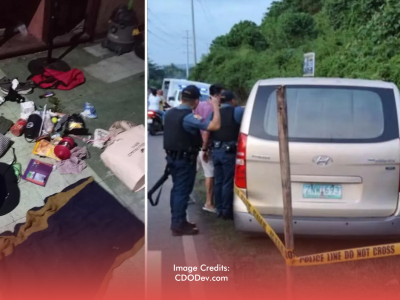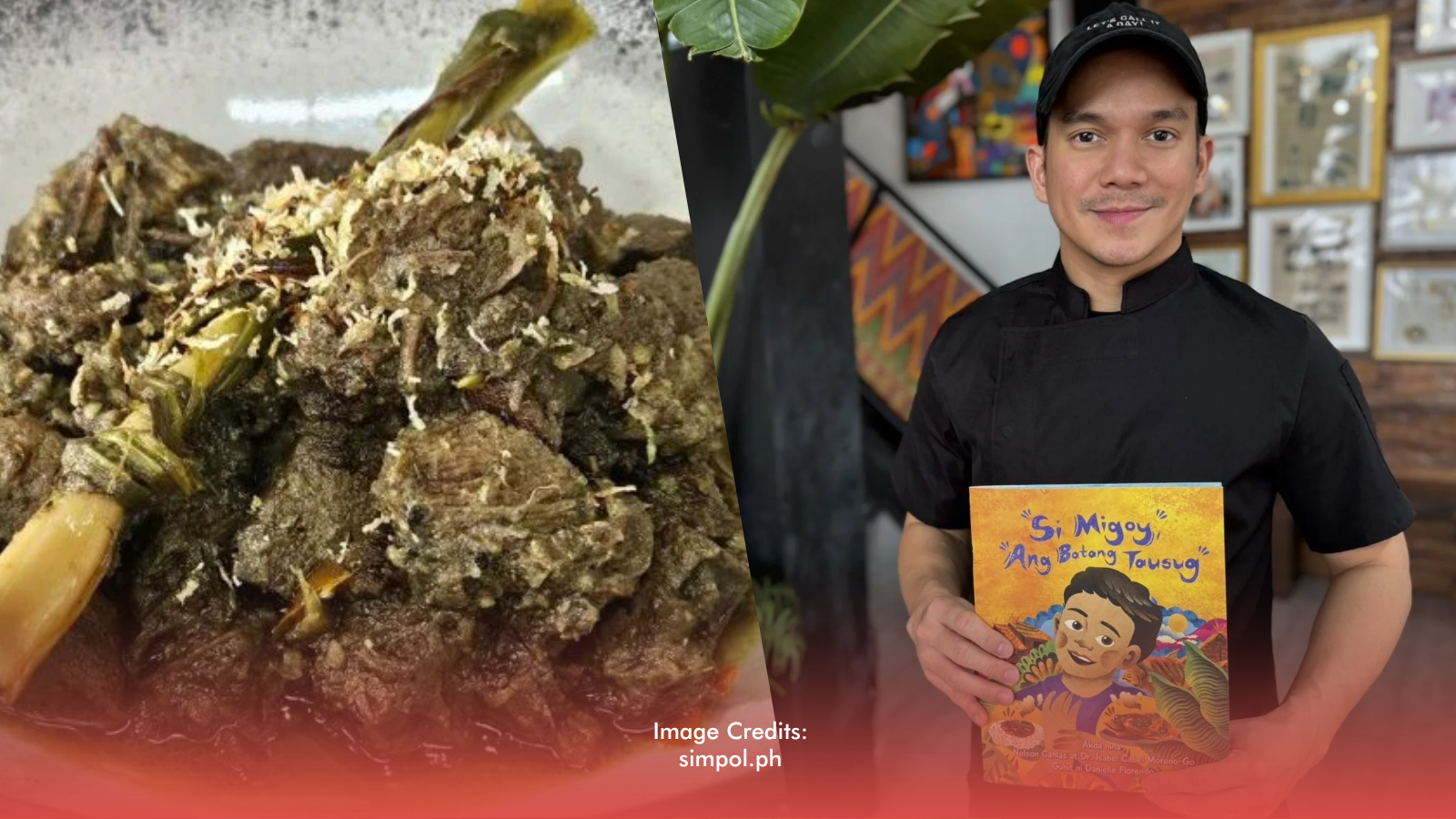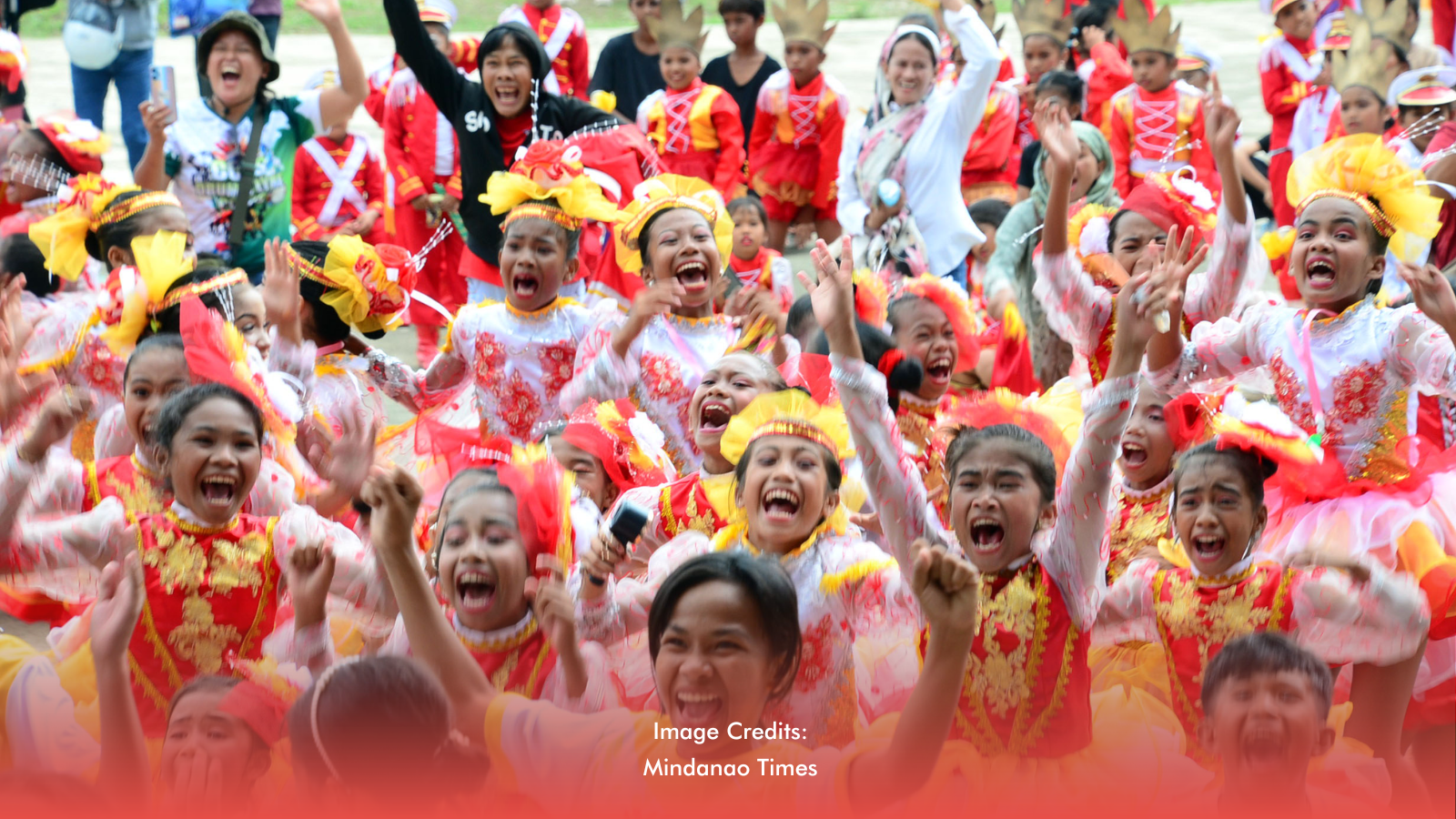After a two-year hiatus, the 9th Ngilngig Asian Fantastic Film Festival returned to Davao City from October 26 to 30, featuring an impressive lineup of 57 short films and 7 full-length features from the Philippines and across Asia. The festival not only showcased the talents of filmmakers but also reaffirmed its dedication to fostering a vibrant local film culture.
A Diverse Array of Films
During the "Wednesdays Media Forum at Habi at Kape," festival programmer Maki Cabrera highlighted that the selected entries included works from both student and professional filmmakers. Among the short films, 34 were produced in the Philippines, with the remaining 23 from countries like Sri Lanka, Laos, Malaysia, Thailand, and Indonesia.
Notable full-length films included “Kantil” by Joshua Cesar Medroso, “Nitrate: To the Ghosts of the 75 Lost Philippine Silent Films (1912-1933)” by Khavn, and “Salome” by Gutierrez Mangansakan II. International selections featured films such as “Monisme” by Riar Rizaldi from Indonesia and “Dog God” by Ing K. from Thailand, creating a rich tapestry of storytelling from across the continent.
A Focus on Local Talent
Festival director Bagane Fiola noted that short films were capped at 25 minutes, while full-length features ranged from 1 hour 10 minutes to 2 hours. This year, competition was limited to short films, allowing for a concentrated focus on emerging talent. Screenings took place at two venues: Cinema 3 of Abreeza Mall and the Cinematheque Centre Davao, with the festival opening and closing at Abreeza Mall, starting with “Kantil” and concluding with “Dreaming and Dying.”
Expanding the Festival’s Vision
Initially centered on horror films since its inception in 2010, the Ngilngig Festival has broadened its scope to include a variety of genres, such as science fiction, fantasy, and experimental films. Fiola emphasized the festival's mission to showcase “ngilngig” stories that often highlight marginalized voices. He expressed pride in the festival’s role in promoting local cinema culture in Davao and Mindanao, aiming to expand its influence across the region and beyond.
Organized by Pasalidahay, Inc., a collective of local filmmakers and enthusiasts, the festival sought to cultivate a critical and appreciative filmgoing culture through workshops, screenings, and discussions. Cabrera highlighted Mindanao’s flourishing filmmaking community, mentioning efforts to bring industry experts to nurture local talent. The introduction of a “pay what you can” scheme for screenings further underscored the festival's commitment to supporting homegrown filmmakers and making the event accessible to all.








